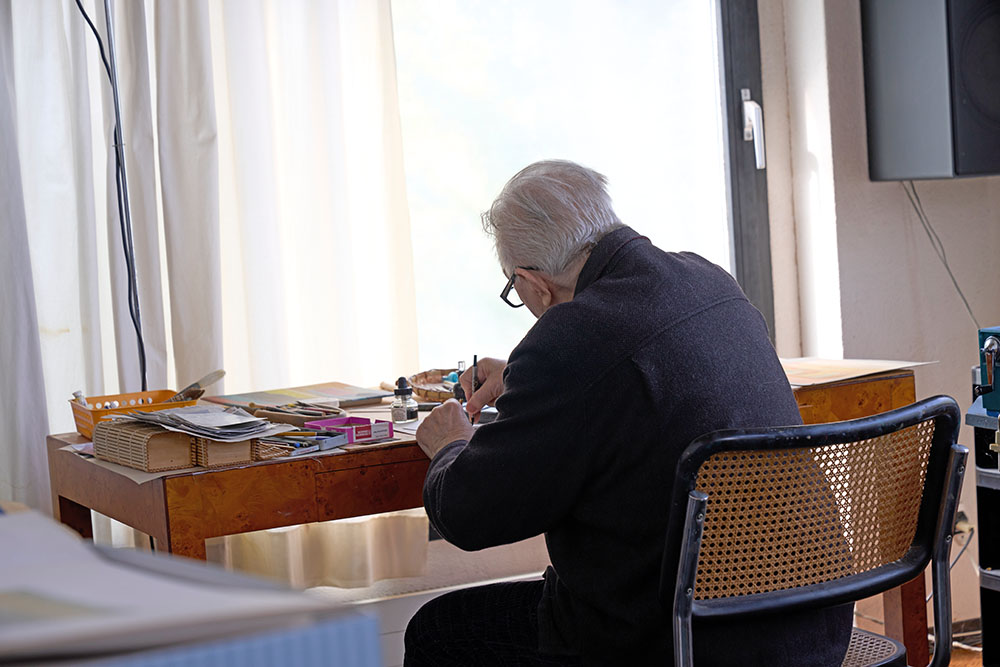
A selection of diverse voices
As one of the most important European graphic artists of his generation, Pravoslav Sovak has touched and left a lasting impression on his contemporaries and companions. The fascination for his impressive approach to art, work and life is reflected in numerous texts, receptions, opening speeches, newspaper reports and résumés by important art historians, journalists and authors. Therefore, a selection of the diverse voices on Pravoslav Sovak and his work has been compiled here - from the friendly author Milan Kundera to the renowned art historian Ulrike Lorenz.
Milan Kundera, 1959
Writer
Quoted from: Leaflet of the C.J. Bucherverlag, 1970. Cf.: SOVAK weltvernetzt. Pravoslav Sovak at the Kunstforum Ostdeutsche Galerie Regensburg, exhibition cat. Regensburg 2009, published by the Stiftung Kunstforum Ostdeutsche Galerie, Regensburg 2009, p. 118. Originally: Kundera, Milan: Pravoslav Sovák. Obrazy, kresby, grafika 1945-1958, in: Exhibition Catalog Gallery Špála, Prague 1959. (German translation from Regensburg).
Manuel Gasser, 1969
Journalist
Pravoslav Sovák uses the means of expression that he can assume are generally understood: The ciphers of physics and chemistry are used, modern technology lends its sign language, the vocabulary of international pop art is used consciously and with elegance.
Exhibition of works
Oto Bihalji-Merin, 1972
Art historian
Not only the undramatic of his style and artistic statement, - the evocative power, - which can do without external effects, and the seriousness of the quiet in Sovak's graphics have conscious or subconscious relation to Kafka, his compatriot.
Heinz Neidel, 1972
Director of the Institute of Modern Art, Nuremberg (1974-1994)
Marléne Schnieper, 1973
Journalist
Thomas M. Messer, 1974
Art historian and director of the Guggenheim Museum, New York
Hilton Kramer, 1977
Art critic
Werner Schmalenbach, 1978
Art historian and Director of the Kunstsammlung Nordrhein-Westfalen, Düsseldorf
Helmut Heißenbüttel, 1981
Writer
I got to know Pravoslav Sovak as a person later than his paintings. Than some of his paintings. And it is not indifferent from which side one enters, enters into a work of art. It is correctable, but not revocable. The figure in the geometric sign as the measure of the landscape, that was my first look at Sovák.
Jean Pierrard, 1996
Journalist
Sovak (with W. Herzogenrath) 1974, p.8.
Werner Hoffmann, 1999
Art historian and director of the Hamburger Kunsthalle
Konrad Oberhuber, 1999
Art historian and director of the Albertina, Vienna
Sovak thus shares with his actual contemporaries, on the one hand, a preference for clear structures, which in his case can form and condense into vertical-horizontal networks, triangles, pyramids, or diagonal arrangements, and, on the other hand, the discovery of the artistic statement of the by-products of human culture, especially in his case of the media world.
Jiří Gruša, 2008
Writer
Oliver Prange, 2014
Journalist and editor-in-chief of the cultural magazine Du
Hans-Peter Riese, 2014
Writer
Milan Kundera, 2014
Writer
When an artist is obsessed with perfection to such a degree, a practical consequence must follow: He works for years on a single picture. [...] In some eras such slowness would have been considered a more or less obvious virtue, in other eras something extraordinary.

